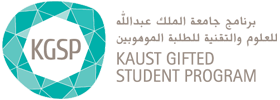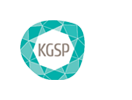Overview
The KGSP alumni network spans over 450 alumni total. With majority of KGSP students matriculating to KAUST following their undergraduate studies, the Program's Alumni Council and Lead works to facilitate and maintain connections between the alumni body.
Meet our current council leadership and stay connected for upcoming meetings and events.
Update your contact information for the to keep in touch on the most up-to-date announcements.
Have a job post to share or currently job hunting? Submit job postings or browse current openings on our job board.
Alumni News
TIE Summer in Shenzhen
A group of 12 KGSP alumni are making the transition from academia to entrepreneurship by spending their summer in Shenzhen, China, one of the most vibrant innovation hubs in the world. They are part of the first cohort of KAUST’s new master’s program, Technology Innovation and Entrepreneurship (TIE), taking their ideas from laboratory concepts to real-world startups.
For many, the transition to startup development is a bold yet worthwhile leap. “I wanted to take a big risk,” says Abdullah Aldossary, a TIE student and KGSP alumnus. “I wanted a role where I can create value and see my value out there in the world. TIE was the perfect program for that.”
As a part of the 16-month program, TIE students spend six months in Shenzhen working with leading startup founders in the KAUST Innovation Hub. During their time at the Hub, they gain practical experience, skills, and professional connections to embark on careers in tech entrepreneurship.
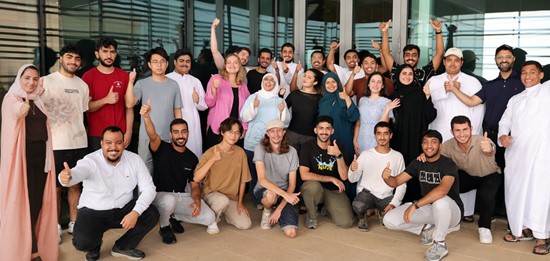
Shenzhen is a bustling metropolis in southeastern China with a population of over 12 million people. With its booming microtechnology industry and focus on efficiency, it has earned its reputation as the country’s tech capital and has coined the widely used phrase, “Shenzhen speed”.
“You see technology involved in everything and in how quick things happen,” explains Abdullah Al Hamoud, a KGSP alumnus in TIE’s first cohort. “Something that would come in two days from Amazon, comes in, like, 20 minutes. You see people working until late, non-stop. That's why it’s 10pm right now and we're still working. People around us are working, so we don't have an excuse to stop, you know?”
After earning degrees in computer science, Aldossary and Al Hamoud joined the TIE program to launch a startup inspired by their shared childhood passion for football, and in anticipation of the 2034 FIFA World Cup hosted by Saudi Arabia. Their business venture, called “FUTECH”, aims to use football performance data and artificial intelligence to develop training insights for athletes.
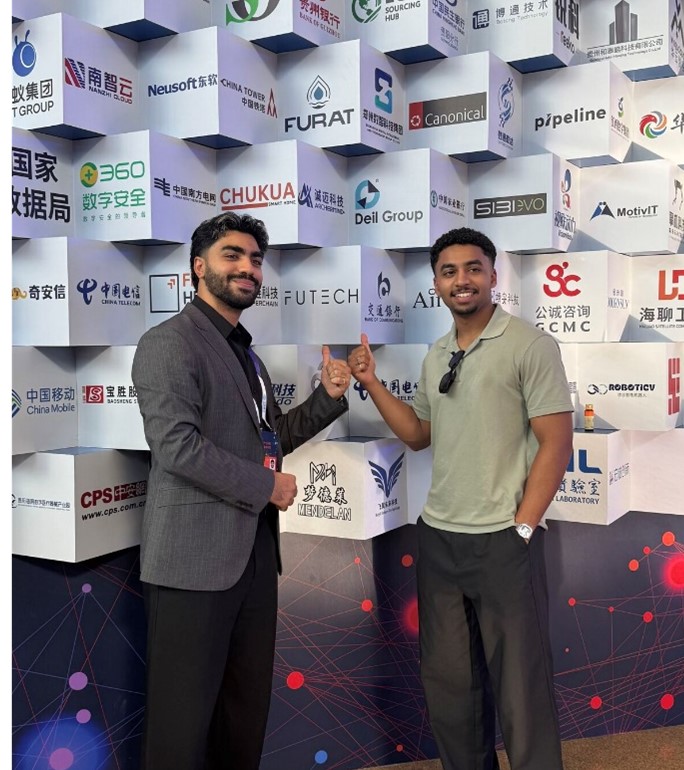
“TIE made me remember what I wanted to do since I was a kid,” reflects Al Hamoud, “to have that entrepreneurial mindset and to create my own business. From the first week of seminars, that spark was back.”
A major feature of the incubator is the ability for TIE students to arrange meetings with expert staff regarding business planning, customer discovery, market research, supply chain, and more. To that end, the KGSP alumni team behind FUTECH met with seasoned football analytics experts working in Shenzhen, like the former head of a football academy in Tottenham, England and a former head of FIFA Talent Identification. “It was a great help with networking,” says Al Hamoud. “I don't think we would have been able to do that so easily if it wasn't with TIE.”
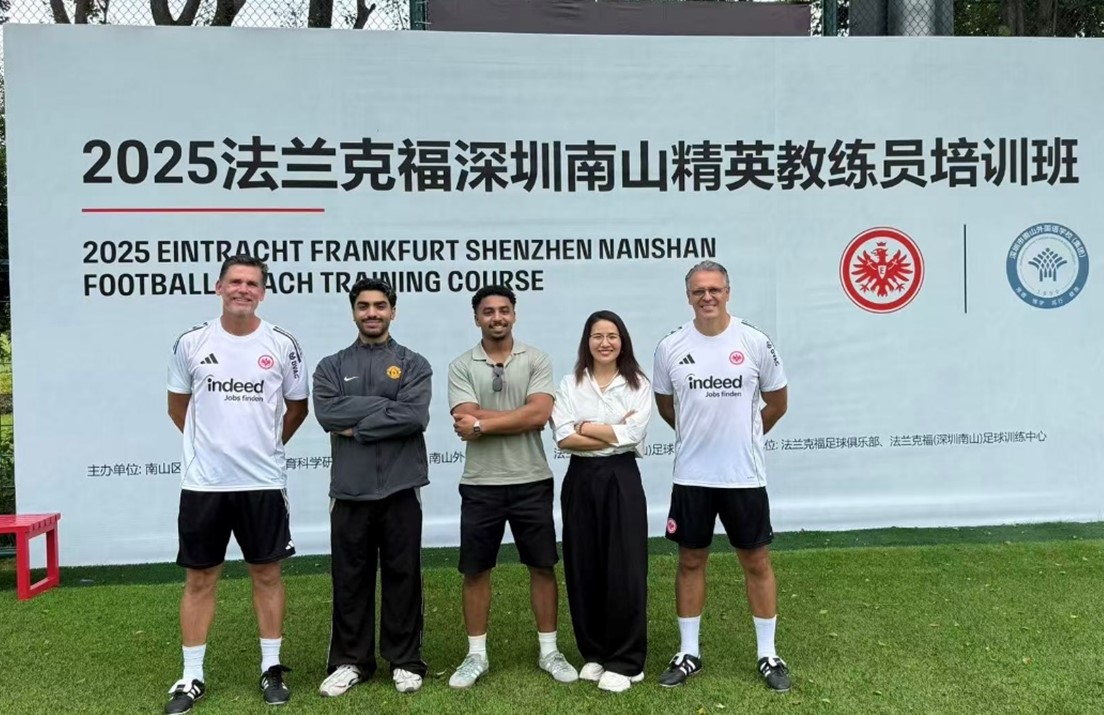
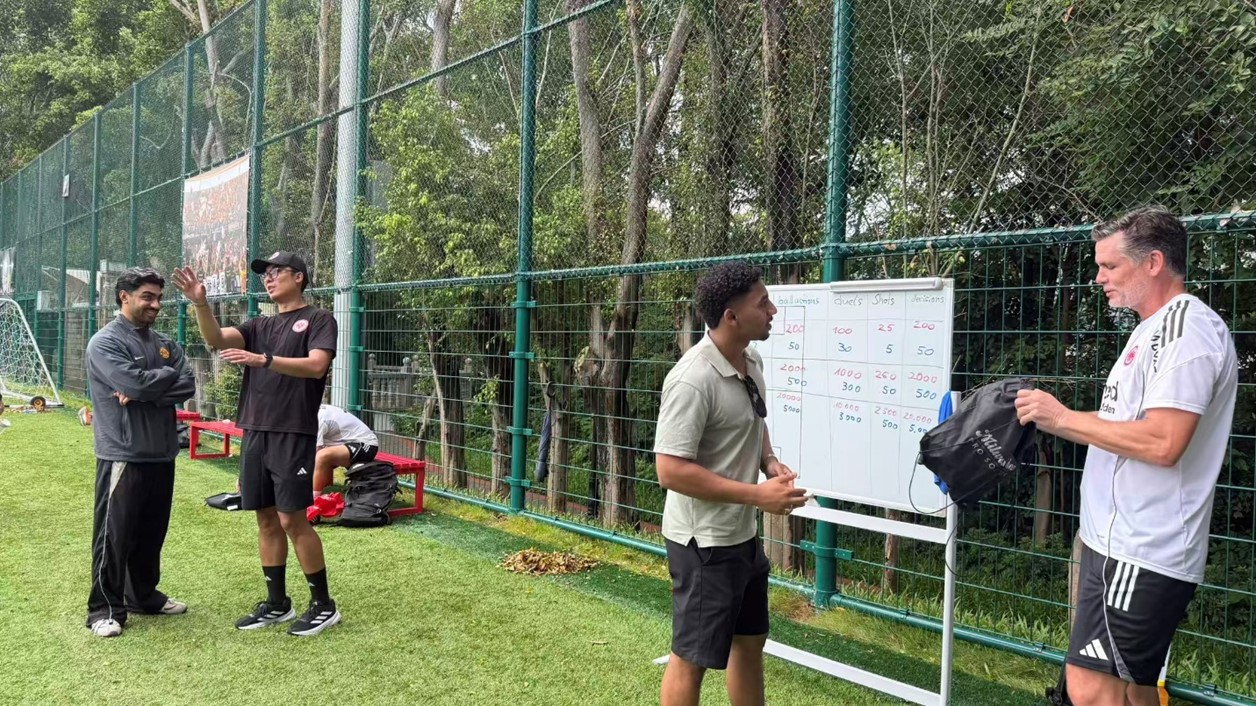
Just like all KAUST students, those in Shenzhen also have access to the wealth of knowledge and experience of KAUST faculty. But what makes the TIE program unique is the students’ ability to leverage that knowledge base directly for their personal entrepreneurial goals.
Remas Bashanfar, a KGSP alumna of UCLA, is developing a startup that uses a machine learning concept published by KAUST Professor Peiying Hong. “My teammates and I are working on a venture called ‘FURAT’,” explains Bashanfar, “which is a water quality monitoring system that uses machine learning to increase efficiency for water utility companies, food manufacturers, and municipalities.” After researching Professor Hong’s concept, Bashanfar and her business partners decided to take it to the next level. She says, “We wanted to commercialize it, make it a hardware, add AI aspects to it, and add a dashboard.”
Bashanfar and her peers are quick to praise the TIE faculty and staff. “Professor Mikkel Draebye has been super helpful,” says Bashanfar. “He is very knowledgeable about concepts from business development ideas to giving us advice on teammate relationships.”
Among the KGSP alumni in the TIE cohort are Sulaiman Al Suhaibani and Yousef Altayeb, who are using their backgrounds in chemical and biomedical engineering to start a venture called “NeoRay”. They hope to develop a non-invasive medical device to diagnose breast cancer through breath analysis. “Instead of drawing blood, doing imaging or biopsies,” explains Al Suhaibani, “a patient would breathe into a sampling bag, and we would then analyze the biomarkers in their breath to screen if they were likely to have breast cancer.”
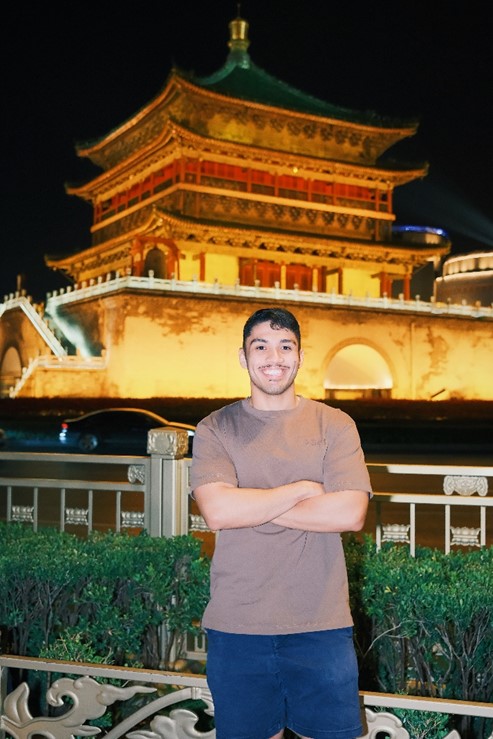
Al Suhaibani and Altayeb are candid in saying their ambitious business plan will take time to develop, yet they explain the resources available to them through the KAUST Innovation Hub has helped them make quick progress. “If we need resources here in China or back in Saudi, the support staff have been really helpful with connecting us with suppliers, hospitals, and research institutes here in Shenzhen,” says Al Suhaibani.
“It’s been so enlightening,” says Altayeb. “The more people you meet here in Shenzhen, the more you appreciate the things that they do. I hope I can benefit from it, and I hope we can all benefit from it as the whole cohort.”
The TIE Program Team features a collaboration between KAUST’s experienced faculty as well as local program staff with deep connections to Shenzhen’s vast technology landscape. TIE is led by Program Director Prof. Aamir Farooq, as well as Prof. Mikkel Draebye and lab mentors Dr. Mohammed Sy and Khalil Djebbi. The Hub is staffed by local administrators Anita Fang, Sarah (Chen Wei), and Sarah Liu.
Nearly all the KGSP alumni participating in TIE are quick to share how ambitious their goals are. Their ambition seems to be matched by their optimism, and the feeling that the technological future is approaching at “Shenzhen speed”.
“They can build very quickly here in Shenzhen,” says Abdullah Aldossary, co-founder of FUTECH. “Everyone is making something. It is extremely, extremely competitive. When you see how many people around you are working towards creating a company… it does something to you.”
